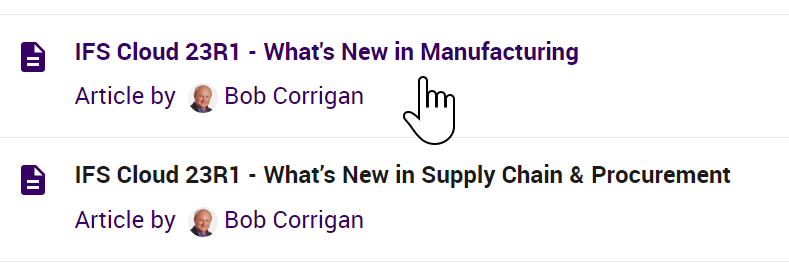Hi
I’m interested to have an understanding of the everyday life after the move to Cloud version and how you keep up with the IFS releases and upgrades.
Many customers seems to go the “update once a year” route to get to the latest release. Much depends of course of the scope you are using the platform for and how are the borders of each customer’s ICT systems set and integrated with each other.
Our IFS scope is pretty basic, mostly finance/ERP with purchasing and project related activities and HR master system, adn we have just moved from Apps9 to 10.
I’m interested of you who have already moved from different Apps-versions to Cloud or even you who have moved directly from other system to IFS Cloud, and your views about the adaptation to the new everyday life.
What has changed in areas of the amount of IFS/partner support needed, the amount of your own work needed to keep up with the releases and even the spend changes for doing all of this.
I’m having doubts we can keep it running efficiently with current levels of work and to prepare budget-, agreement-, partnet arrangement- , test automation- , own human resource- etc. wise to the future would need better understanding of how you are all coping with it?





